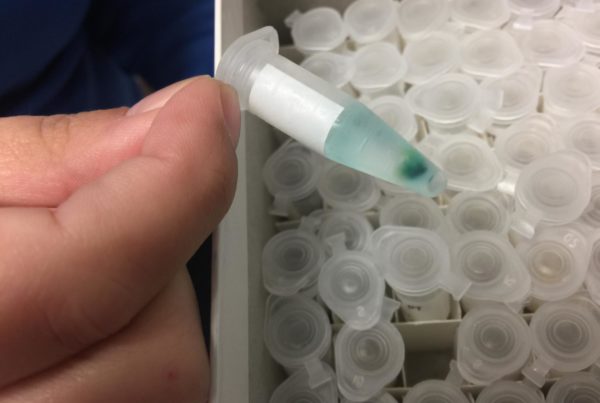The giggles and happy voices of little kids at the playground of Lucy Read Pre-K in Austin remind me of a Spanish saying: “Barriga llena, corazón contento” – “a full tummy brings with it a happy heart.”
These children sound happy. They just ate lunch and earlier in the day they ate a free breakfast.
That’s because their campus is part of Community Eligibility Provision (CEP), a U.S. Department of Agriculture program. All meals here, regardless of a family’s income, are free to all students.
Every school day, millions of Texas students eat lunch for free at their school cafeteria. Data from 2013 puts that number at more than 3 million kids. But many more could be fed for free if their campuses applied for the federal program.
During lunchtime Fernando Vargas visited with his daughter Adarely.
“Cómete la naranja, mija!”
Eat your oranges, he says.
Vargas has three kids. He says the free meals are a lifesaver for his family and help his little girl stay focused in school. She wants to be a pediatrician when she grows up.
But Vargas is surprised when I tell him only two campuses in Austin have free meals for all students through CEP.
The Austin Independent School District isn’t taking advantage of this free federal program, but at least 75 of its campuses qualify for CEP. The district could be leaving free money on the table.
Anneliese Tanner is the food services director for Austin ISD.
“The Community Eligibility [Provision] is really about providing food access and it’s a great program,” Tanner says. “But here in Austin, instead of increasing funding overall for schools, [it] may decrease their educational funding.”
Every school year districts send a form to parents asking about their income. When that form is turned in, it unleashes free lunches for the economically disadvantaged children. But that form is also the key that provides access to other funding sources.
When a campus is approved for CEP – because almost half of all children are economically disadvantaged – those income forms go away; they don’t need to be filled out anymore. But the forms are the key that opens the door to other funding sources. Without those forms, that other funding could be inaccessible.
“We don’t want to increase food service funding if it’s going to impact the educational funding,” Tanner says.
Austin ISD’s budget is tight right now. That’s partly because enrollment is down. Fewer kids means less state money for the district. But the district’s financial commitments to the state haven’t changed. It’s considered property rich, so it has to give back to the state to help other districts.
This year, Austin ISD will cut the state of Texas a check for more than $400 million as part of its funding recapture obligations. It pays more than any other district in the state.
While CEP is providing free lunches for all kids at some campuses in districts like Houston, Dallas and Laredo, Austin ISD fears the free money from the federal government may do more harm than good.














